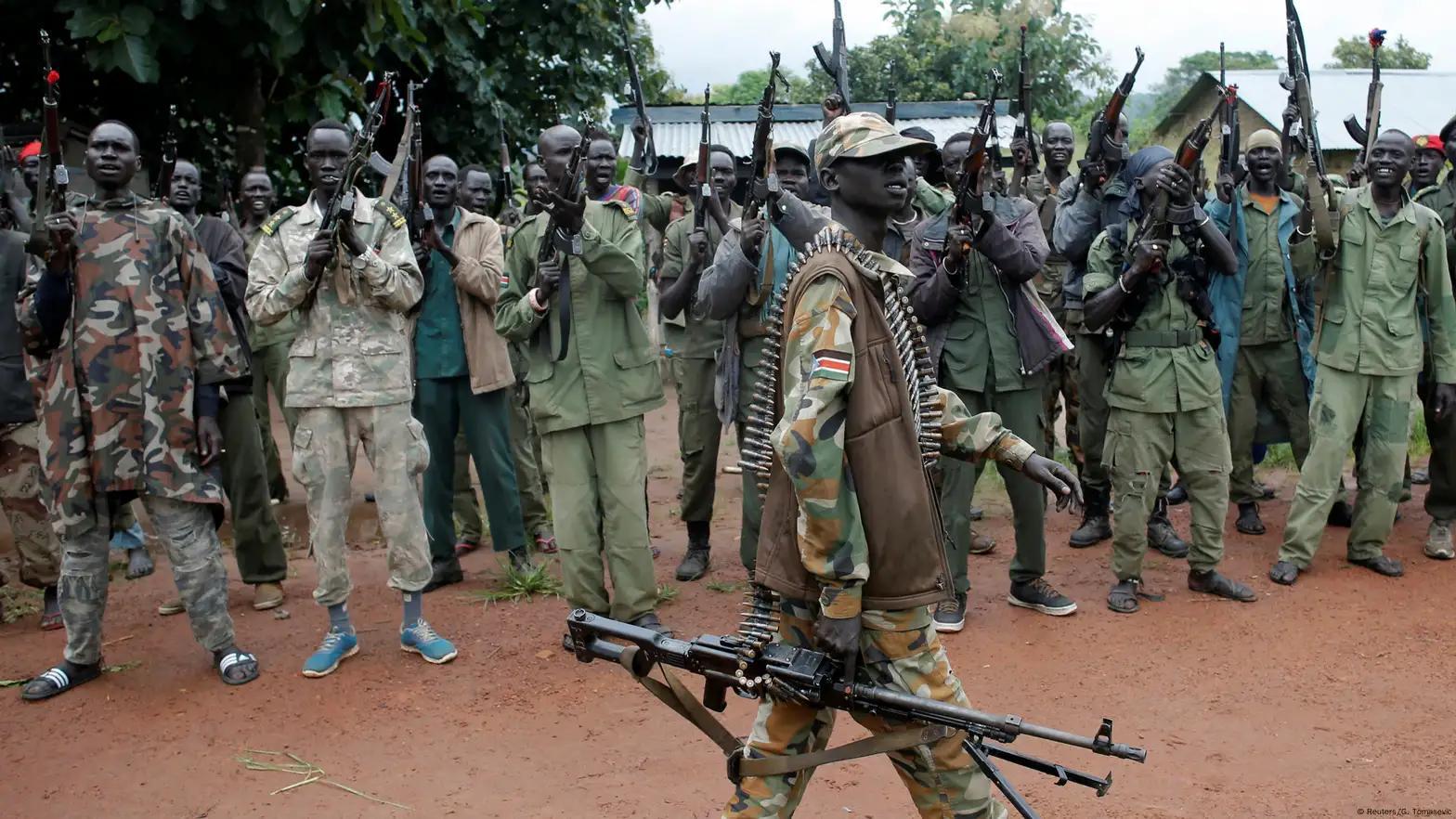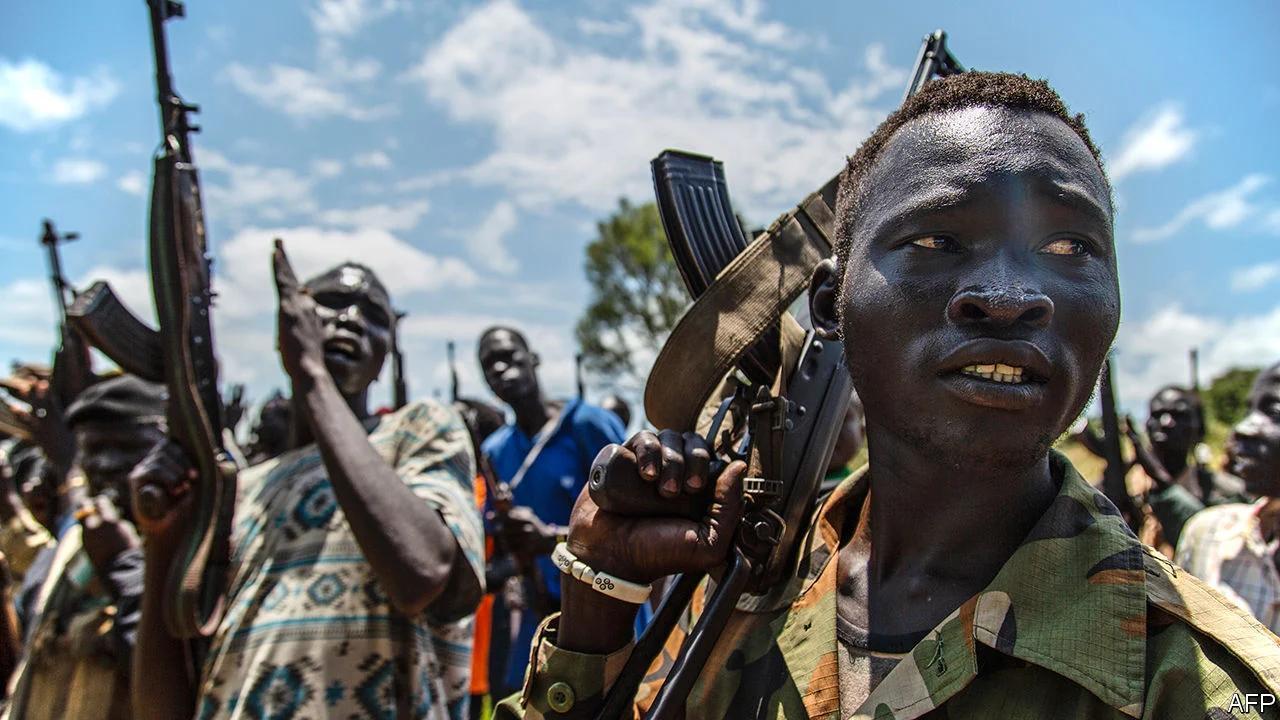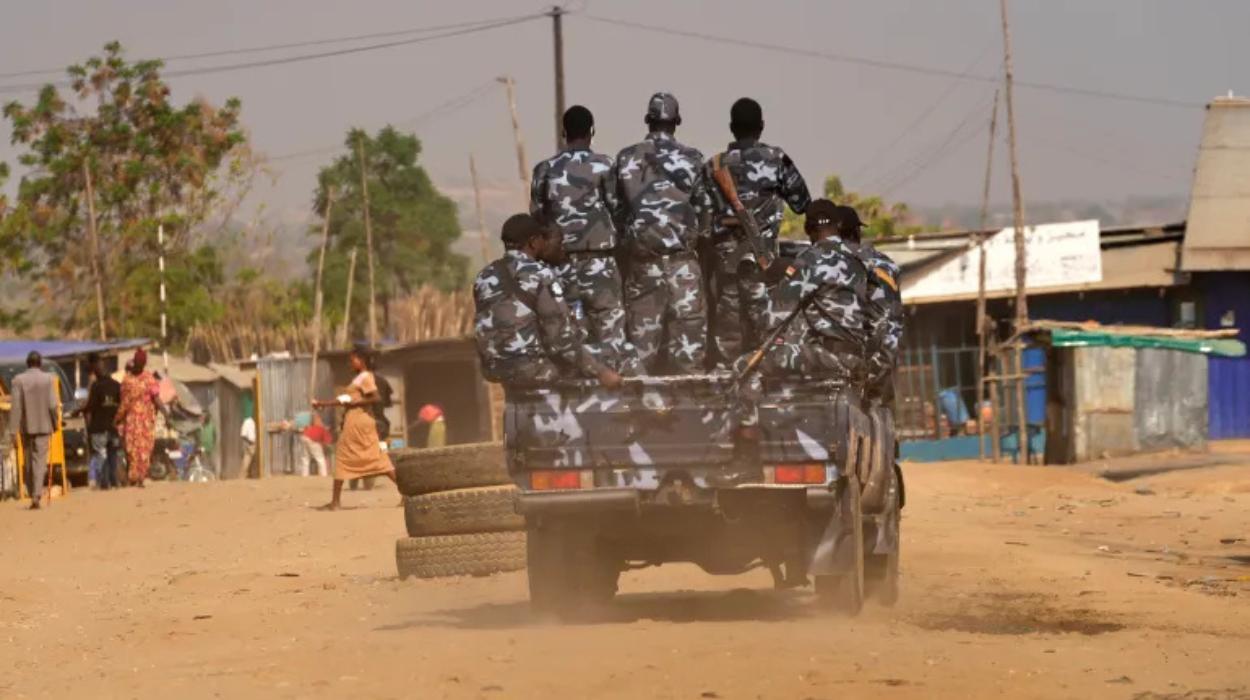By Faridah N Kulumba
Africa-Press – Uganda. It is now two decades since the border dispute between Uganda and South Sudan emerged. The border clash between the two countries started in the communities in the Kajo-Keji county of South Sudan and the Ugandan district of Moyo. The constant clashes and attacks on the village forced the president of the Republic of Uganda Yoweri Kaguta Museveni and his South Sudanese counterpart Salva Kiir to visit the area on November 28, 2009. The two leaders agreed that no activities would take place there until the border demarcation is completed. The conflict also affects areas of the Yumbe District. The two East African neighbouring countries disputes , especially in the above-mentioned areas, have been a longstanding issue that has escalated into violence and conflict since 2014. The recent clash, involved heavy artillery fighting, which occurred on 28th July 2025.
Recent clash
The latest fighting between Uganda and South Sudanese troops erupted over demarcations in disputed border regions, leading to the death of at least four soldiers, according to official reports from both sides. The fatal incident followed a gunfight between the two armies on Monday evening. However, it is not known which side attacked first. The two agree on where the fighting took place, but each claims the site as being in its own territory. The fighting displaced about 200 people in the village, some houses were burnt, some residents were abducted, and led to a temporary closure of one school in the area of Ggobolo.
Conflicting statements
According to Ugandan military spokesperson Major-General Felix Kulayigye’s statement, the fighting broke out when South Sudanese soldiers crossed into Ugandan territory in the state of West Nile and set up camp there. The South Sudanese soldiers refused to leave after being told to do so, Kulayigye said, resulting in the Ugandan side having to ” apply force”.Mr Kulayigye defended the Uganda People’s Defense Forces (UPDF) act of killing the three South Sudanese soldiers by saying that the UPDF just retaliated after one of their soldiers was killed.
However, South Sudan military spokesperson Major-General Lul Ruai Koang said in a Facebook post earlier on Tuesday that armies of the “two sisterly republics” had exchanged fire on the South Sudanese side, in the Kajo Keji County of Central Equatoria state. Both sides suffered casualties, he said, without giving more details. Kajo-Keji County army commander Brigadier General Henry Buri, in the same statement as Mule, said the Ugandan forces had been “heavily armed with tanks and artillery”, and that they had targeted a joint security force unit stationed to protect civilians, who are often attacked by criminal groups in the area. The army general people were killed including two South Sudanese soldiers, two police officers and one prison officer. The fighting led to thousands of civilians being displaced in affected areas as people fled to safety amid the rare outbreak of violence.
Is the recent fighting an isolated incident or a sign of escalating tension

The two East African countries are longtime allies. In March this year the Uganda Chief of Defense Forces (CDF) General Muhoozi Kainerugaba disclosed the deployment of the country’s Special Forces units to Juba amid rising political and security tensions in South Sudan. While confirming the deployment Muhoozi warned that any move against President Salva Kiir would be considered a declaration of war against Uganda.
“We, the UPDF, only recognize ONE President of South Sudan, H.E. Salva Kiir. He is our ‘Afande’ even in UPDF because he is the younger brother of Mzee! Any move against him is a declaration of war against Uganda!” said Muhoozi. Uganda’s intervention in South Sudanese matters echoes its previous military deployments in the country, when President Museveni sent troops to protect Juba in 2013-2014, during the civil war that saw Machar’s forces attempt to overrun the capital. South Sudan broke away from Sudan to form an independent country in 2011 after a long-running civil war, but more recently, growing numbers of Sudanese people are fleeing from South Sudan to escape the latest conflict.
Sudan has become the world’s worst humanitarian crisis since the country’s warring generals first turned on each other in April 2023. Half of the population – roughly 25 million people – are in dire need of food and aid, says the UN. Ajou Kutiio, a Sudanese political analyst in an interview with Africa-Press said that the lack of clear border demarcation is a major obstacle to peace and stability, adding that this requires a joint effort by both governments to resolve the issue. Uganda has been pivotal in keeping that issue contained by deploying troops to assist Kiir’s forces. However, the latest conflict between the two countries’ armies is raising questions regarding the state of that alliance.
Uganda and South Sudan have longstanding diplomatic ties. In 2024 Uganda’s CDF muhoozi held talks with his South Sudan counterpart Gen Santino Deng Wol and they both committed to further enhancing military-to-military relations. However, the two nations conflict is deeply rooted in historical arrangements made during colonial times when borders were drawn without consultation with local populations. This has led to tensions among various ethnic groups who inhabit these regions.
History of Uganda, Sudanese border disputes
Previously Uganda and South Sudan have been embroiled in a dispute over the border stretching from Oraba in the Koboko district to the Lefori sub-county in the Moyo district, which has led to the displacement of several households and loss of property. Problems at the border date back to the demarcations made during the British colonial era between Sudan, which South Sudan was once a part of, and Uganda. In November 2010, just months before an anticipated South Sudanese referendum on independence from Sudan, clashes erupted after the Ugandan government accused the Sudanese army of attacking Dengolo village in the West Nile district of Moyo on the Ugandan side in multiple raids, and of arresting Ugandan villagers who were accused of crossing the border to cut down timber. A South Sudanese army spokesperson denied the allegations and suggested that the assailants could have been from the forestry commission.
Uganda’s President Yoweri Museveni and South Sudan’s Kiir met a few days later and pledged to finalise the border issue, but that did not happen. Little was reported on the matter for several years after that, but in October 2020, two Ugandan soldiers and two South Sudanese soldiers were killed when the two sides attacked each other in Pogee, Magwi County of South Sudan, which connects to Gulu district of northern Uganda. The area includes disputed territory. Some reports claimed that three South Sudanese were killed. Each side blamed the other for starting the fight. In September 2024, the two countries top military officials held talks a few weeks after Ugandan Members of Parliament (MPs) called for the fast-tracking of the joint border demarcation with South Sudan to address the ongoing security challenges in the north-east of region Uganda. Ugandan parliament urged the government to expedite the demarcation process, adding that the lack of clear borders was fuelling insecurity in parts of rural Uganda, and Ugandan forces could not effectively pursue criminal cattle rustling groups operating in the border area as a result.
Efforts made to resolve the issues

In 2017, Uganda and South Sudan agreed on a blueprint for redrawing their common border in a deal expected to end the long-simmering border conflicts. A joint technical committee from the two countries concluded a three-day meeting for the “delimitation and demarcation” of the border in the Ethiopian capital, Addis Ababa, a process facilitated and to be overseen by the African Union. In 2009, the President of the Republic of Uganda H.E Yoweri Kaguta Museveni, and his Sudanese counterpart Salva Kiir Mayardir met in Moyo district and agreed that farmers from both countries could utilize the vast virgin farmland along the border without any party claiming ownership of the land until the boundary between the two countries is redefined, which hasn’t been done.
In 2019 Uganda and South Sudan governments formed a joint technical border committee of 26 members to resolve border tensions between the two neighbouring nations by demarcating borders. Each country brought 13 members to form the technical border committee. These 26 members were tasked to sensitize the people living along the border so that they knew that the committee was informed to demarcate the border. In May 2023, leaders from both South Sudan and Uganda reaffirmed their commitment to restoring peace and harmony between the two neighbouring countries. They emphasized their respect for the sovereignty, territorial integrity, and unity of border communities in both Uganda and South Sudan.
Why they have failed to demarcate the borders
Both countries have come up with solutions to solving border clashes by forming committees. However, these stalled due to a lack of funds according to the South Sudanese Ministry of Foreign Affairs. There was also limited time to enable the two countries to complete the sensitization exercise amongst the border communities. In 2015. Uganda and South Sudan formed an 18-member Joint Border Committee to start the demarcation to resolve border disputes. Forming this committee followed accusations from both countries accusing each other of encroaching into their territories creating tensions among the border communities. It is absurd that the border clashes between Uganda and South Sudan continue to escalate, with its impact felt by residents living in the contested villages. The urgency to address this issue is underscored by the displacement of households and the disruption of government initiatives. The path to resolution remains elusive, despite previous agreements, leaving affected communities in a state of uncertainty.
Linos Ngompek, the deputy chairperson of Parliament’s Committee on Defence and Internal Affairs, recently said the unresolved border dispute between Uganda and South Sudan posed a serious threat to the security of the Karamoja region. In December 2024, Uganda and South Sudanese government officials made an announcement that the border demarcation between the two countries is expected to commence in 2027. The border demarcation development was confirmed on 11th December 2024, at Modi Hotel in Kajo-Keji County in Central Equatoria State. According to Mr Benjamin Ryembe, Executive Director of Kajo-keji County, the issue of resolving the border dispute between Uganda and South Sudan was cleared and the designated period for solution is 2027. Mr. Ryembe added that a committee from South Sudan has already been formed and will collaborate with a similar committee from Uganda to carry out the demarcation process.
Expectations
Some Ugandans and South Sudanese are optimistic that the border demarcation will bring peace between the two countries. One of them is Rt Rev Dr James Lule Kenyi, Bishop of the Episcopal Diocese of Kajo-Keji, who is hopeful that the demarcation would foster unity between the people of Uganda and South Sudan. “We believe that through continuous engagement, these two sister countries will serve as an example to other border regions. We must continue nurturing this relationship and ultimately, we will see positive results,” he said. One Ugandan side officer said that there is improvement in the security situation along the border, despite a few pockets of criminal activity. He added that the only challenge that they are facing on the border is that some Ugandans are still influenced by colonial boundaries, which often lead to trading conflicts.
Disruption to the region
Uganda and South Sudan border disputes significantly affect the region, leading to security concerns, economic disruptions, and displacement of populations and more. Economically-Border conflicts can halt trade between the two countries, impacting local economies that rely on cross-border commerce. Security-the lack of clear borders makes it difficult to pursue criminal elements like cattle rustlers, who exploit the ambiguity to operate across the boundary.
Also, aggressive rhetoric from military officials and political leaders can escalate mistrust and increase the risk of further violence. Socially- local communities living along the border bear the brunt of the conflict, experiencing displacement, economic hardship, and insecurity. In July 2025 Uganda’s army evicted South Sudanese pastoralists owning over 5,300 head of cattle who illegally settled in Northern Uganda. According to the UPDF this group of Dinka pastoralists have been illegally grazing livestock inside the Atiak Sugar Factory since 2022.
For More News And Analysis About Uganda Follow Africa-Press






